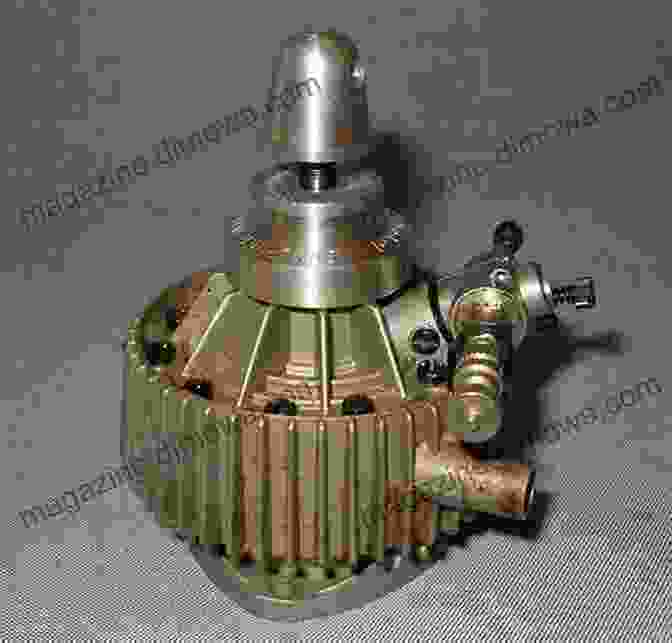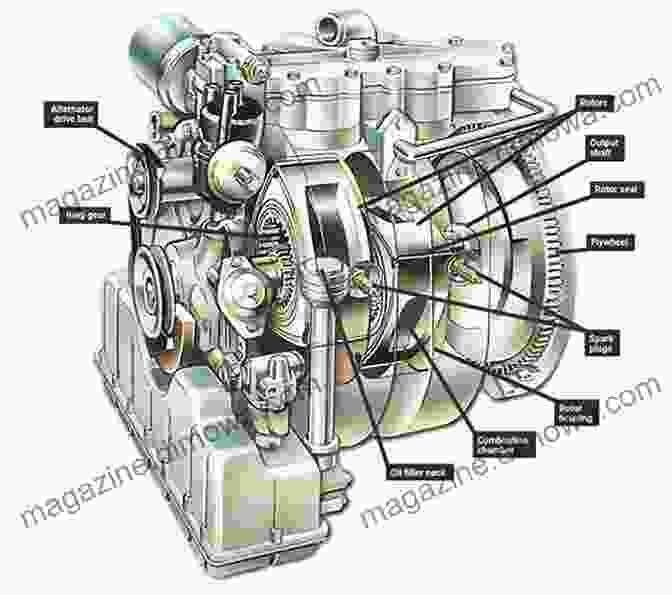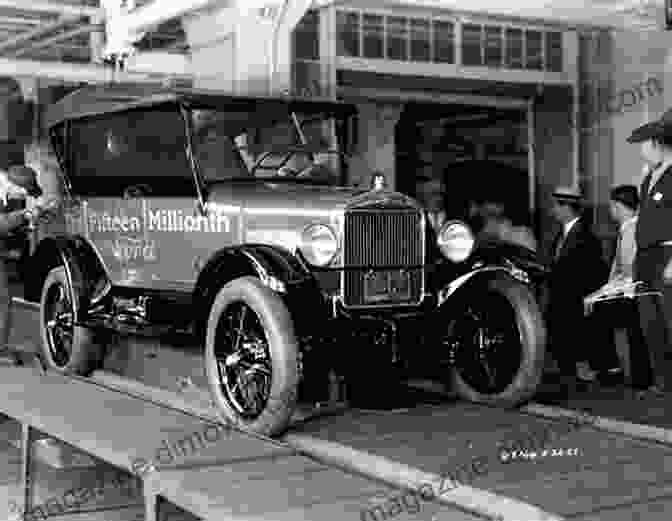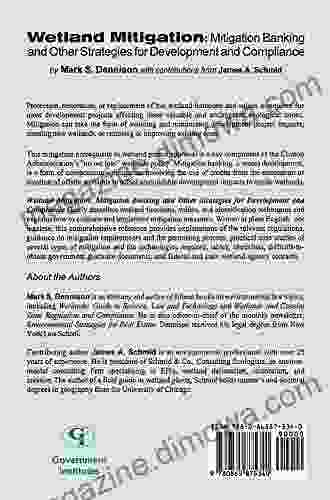Unveiling the Unique History of the Wankel Rotary Engine: A Comprehensive Journey

 Prepare for an enthralling journey through the captivating history of the Wankel Rotary Engine, an iconic invention that revolutionized the automotive industry. This comprehensive article delves into the genesis, evolution, and legacy of this remarkable engine, exploring its unique design, advantages, challenges, and impact on the world of engineering.
Prepare for an enthralling journey through the captivating history of the Wankel Rotary Engine, an iconic invention that revolutionized the automotive industry. This comprehensive article delves into the genesis, evolution, and legacy of this remarkable engine, exploring its unique design, advantages, challenges, and impact on the world of engineering.
Genesis and Early Development
Born from the brilliant mind of German engineer Felix Wankel, the Wankel Rotary Engine first emerged in the early 1950s. Unlike conventional piston engines, this revolutionary engine utilized a triangular rotor spinning within an oval-shaped chamber, creating a continuous combustion process that eliminated the need for reciprocating parts.
4.7 out of 5
| Language | : | English |
| File size | : | 14693 KB |
| Text-to-Speech | : | Enabled |
| Enhanced typesetting | : | Enabled |
| Screen Reader | : | Supported |
| Print length | : | 183 pages |
| Paperback | : | 128 pages |
| Item Weight | : | 5.6 ounces |
| Dimensions | : | 4.92 x 0.29 x 7.87 inches |

The design promised several advantages over traditional engines, including a smoother and quieter operation, lighter weight, and reduced emissions. Consequently, it garnered significant interest from automotive manufacturers worldwide.
Mass Production and Adoption
In 1959, NSU Motorenwerke, a German automobile manufacturer, unveiled the first production vehicle powered by a Wankel Rotary Engine - the NSU Spider. This groundbreaking achievement marked the beginning of a new era in engine technology.

Over the next decade, several other manufacturers, including Mazda and General Motors, embraced the Wankel engine for their vehicles. Mazda, in particular, championed the technology, incorporating it into a range of popular models, such as the Cosmo Sport and RX-7.
Advantages and Drawbacks
The Wankel Rotary Engine offered several inherent advantages over traditional piston engines:
- Smoothness and Quietness: The continuous combustion process eliminated vibrations, resulting in a smooth and quiet driving experience.
- Light Weight: The compact design and absence of reciprocating parts contributed to a lighter engine weight.
- Power Density: Despite its small size, the Wankel engine produced impressive power output.
- Reduced Emissions: The unique combustion process resulted in lower emissions compared to comparable piston engines.
However, the Wankel engine also faced challenges:
- Fuel Efficiency: Early Wankel engines struggled with fuel efficiency compared to piston engines.
- Apex Seal Wear: The triangular rotor utilized apex seals to maintain compression, and these seals were prone to wear and tear.
- Emissions Regulations: As emission regulations became more stringent, the Wankel engine faced difficulties in meeting the standards.
Legacy and Impact
Despite its challenges, the Wankel Rotary Engine left an undeniable legacy on the automotive industry. It inspired a new generation of engineers to explore alternative engine designs and demonstrated the potential for compact, high-performance engines.
![]()
Mazda remained the most ardent supporter of the Wankel engine, using it in a range of popular sports cars. The Mazda RX-7, in particular, became an icon in the automotive world, renowned for its thrilling performance and distinctive rotary engine sound.
Current Status and Future Prospects
Today, the Wankel Rotary Engine is no longer widely used in mass-production vehicles due to its drawbacks and the increasing dominance of fuel-efficient technologies. However, it continues to be used in niche applications, such as small aircraft and unmanned aerial vehicles (UAVs).
Advancements in materials and manufacturing techniques hold promise for the future of the Wankel engine. New materials and seal designs could potentially address the challenges of fuel efficiency and emissions, making it a viable option for future applications.
The Wankel Rotary Engine stands as a testament to human ingenuity and the pursuit of innovation. Its unique design and advantages revolutionized engine technology and left an enduring legacy in the automotive industry. While it may not be as prevalent today, the Wankel engine's story is far from over, and future advancements could revive its potential for a new generation of vehicles.
4.7 out of 5
| Language | : | English |
| File size | : | 14693 KB |
| Text-to-Speech | : | Enabled |
| Enhanced typesetting | : | Enabled |
| Screen Reader | : | Supported |
| Print length | : | 183 pages |
| Paperback | : | 128 pages |
| Item Weight | : | 5.6 ounces |
| Dimensions | : | 4.92 x 0.29 x 7.87 inches |
Do you want to contribute by writing guest posts on this blog?
Please contact us and send us a resume of previous articles that you have written.
 Book
Book Novel
Novel Page
Page Chapter
Chapter Text
Text Story
Story Genre
Genre Reader
Reader Library
Library Paperback
Paperback E-book
E-book Magazine
Magazine Newspaper
Newspaper Paragraph
Paragraph Sentence
Sentence Bookmark
Bookmark Shelf
Shelf Glossary
Glossary Bibliography
Bibliography Foreword
Foreword Preface
Preface Synopsis
Synopsis Annotation
Annotation Footnote
Footnote Manuscript
Manuscript Scroll
Scroll Codex
Codex Tome
Tome Bestseller
Bestseller Classics
Classics Library card
Library card Narrative
Narrative Biography
Biography Autobiography
Autobiography Memoir
Memoir Reference
Reference Encyclopedia
Encyclopedia Joan Newcomb
Joan Newcomb Maxine Boelen
Maxine Boelen Kate Coombs
Kate Coombs Louis Chu
Louis Chu Joe Crispin
Joe Crispin Stephanie S Tolan
Stephanie S Tolan Marty M Engle
Marty M Engle John Barrowman
John Barrowman John Grabowski
John Grabowski Jim Kachenmeister
Jim Kachenmeister John H Ritter
John H Ritter Sara Lewis
Sara Lewis Robert Lee Murphy
Robert Lee Murphy Maria Kaj
Maria Kaj Judd Cooney
Judd Cooney Nicholas Leider
Nicholas Leider Justin Gage
Justin Gage John Cosper
John Cosper Tim Kurkjian
Tim Kurkjian Judith Shapiro
Judith Shapiro
Light bulbAdvertise smarter! Our strategic ad space ensures maximum exposure. Reserve your spot today!
 Vic ParkerFollow ·9.4k
Vic ParkerFollow ·9.4k Marvin HayesFollow ·17k
Marvin HayesFollow ·17k Benjamin StoneFollow ·15.9k
Benjamin StoneFollow ·15.9k Cade SimmonsFollow ·12.9k
Cade SimmonsFollow ·12.9k Banana YoshimotoFollow ·8k
Banana YoshimotoFollow ·8k Hank MitchellFollow ·11.5k
Hank MitchellFollow ·11.5k Alex FosterFollow ·8.3k
Alex FosterFollow ·8.3k Noah BlairFollow ·7.7k
Noah BlairFollow ·7.7k

 Joshua Reed
Joshua ReedTake Your Marketing Business Into The Next Level
Are you ready to...

 Aaron Brooks
Aaron BrooksFrom Fourier to Cauchy-Riemann: Geometry Cornerstones
From Fourier to Cauchy-Riemann: Geometry...

 Orson Scott Card
Orson Scott CardUnveiling the Art of Mitigation Banking: A Comprehensive...
In the intricate dance between...

 Victor Hugo
Victor HugoUnleash Your Creativity: A Journey Through the Enchanting...
Prepare to be captivated as we...

 Duncan Cox
Duncan CoxLoad of Bull: An Englishman's Adventures in Madrid
By Simon Bunce ...
4.7 out of 5
| Language | : | English |
| File size | : | 14693 KB |
| Text-to-Speech | : | Enabled |
| Enhanced typesetting | : | Enabled |
| Screen Reader | : | Supported |
| Print length | : | 183 pages |
| Paperback | : | 128 pages |
| Item Weight | : | 5.6 ounces |
| Dimensions | : | 4.92 x 0.29 x 7.87 inches |












